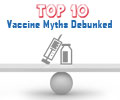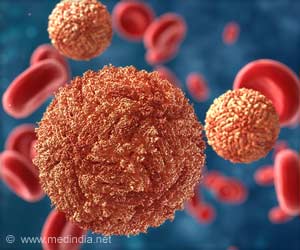Strong evidence linked to cervical abnormalities and infection with certain HPV types, and data suggesting that HPV tests detect more high-grade precancerous lesions

‘Cervical screening with primary HPV testing or cytology in a population of women in which those aged 33 years or younger had previously been offered HPV vaccination’





However, no study has yet compared the different methods in a population in which younger women had been offered prior HPV vaccination.In the new Compass pilot study, researchers randomized cervical samples from 4,995 women aged 25-64 in Australia, in a 1:2:2 ratio, to be analyzed by either cytology (with HPV testing of low-grade abnormalities), HPV testing with partial genotyping of the virus for the highest risk types HPV16 and 18, and cytology (for participants with other high-risk HPV genotypes), or HPV testing with partial genotyping and dual-stained cytology.
In the first screening round of the trial, the authors assessed the rates of women being referred for further testing and of detection of CIN2+ (high-grade cervical intraepithelial neoplasia) precancerous lesions.
For the cytology group, the overall referral and detected CIN2+ rates were 27/995 (2.7% [95%CI 1.8-3.9]) and 1/995 (0.1% [95%CI 0.0-0.6]), respectively; for the HPV testing and cytology group these were 75/1992 (3.8% [95%CI 3.0-4.7]) and 20/1992 (1.0% [95%CI 0.6-1.5]); and for the HPV and dual-stained cytology group these were 79/2008 (3.9% [95%CI 3.1-4.9]) and 24/2008 (1.2% [95%CI 0.8-1.6]).
The researchers found that, in the first round of screening, detection of CIN2+ was significantly increased with HPV testing as compared with cytology, while referral was non-significantly increased. Adverse events were rare, and the one case of early-stage cervical cancer (in the HPV testing plus cytology group) was detected as appropriate by screening.
Advertisement
Source-Eurekalert














